Hi, Hellow.
Walking down 6th Avenue near Rock Center this phrase loudly greets you from one of the running LED signs atop a Middle Eastern Gyro Truck (what we call “Street Meat” at work). Ever since I came here I have always been amazed at the amount of misspelled signs one can see all around the city – big expensive signs, even neon, welcoming you to All U Can Et, or for Dinnar. I always wonder to myself – don’t any English speakers work at the signage places? Don’t they have computers, or spell check? The word Coffe committed to neon cannot be cheap, right? The other side of me loves the sheer madness of the entrepreneurial spirit that runs amok in New York. And to tell the truth, Hi, Hellow, strikes me as kind of poetic.
It is in the wild but true spirit of the city that I’d like to say goodbye to Nora Ephron (1941-2012). I picked up Heartburn last year in a used bookstore (a beautiful first edition that I cannot find anywhere dammit) never having read her before but being fully aware of her screen credits and her vibe. What a treat: a witty account of the 80s, divorce, ambition, lust and food (recipes punctuate the dramatic highs) in a voice that we must all by now recognize as hers. She wrote the screenplay for When Harry Met Sally, a film so effortless that I dismissed it in my 20s (having had zero life experience). Every line in the movie is memorable, and I guarantee she wrote them all. More to the point was that she said all of these true things with a wit and humor always leavened by a life-affirming ebullience. I just could not believe she had passed; even worse, I did not know how big of a fan I was. It was another of her gifts – to permeate the culture without a trace of ego. She never complained about being a woman in any of the nearly all-male fields she worked in (newspaper journalism, magazine writer, editor, screenwriter, movie director); instead she exemplified it. She had a New York attitude in the best sense: lusty for pleasure, direct, open to the new, and compassionately funny. She filled the world with a crackerjack spirit – nothing fussy, nothing fashionable, and while yes, I know she left us her legacy, God I will miss her.
And from the sublime…last week I too was sucked right into the theatre to screen Magic Mike with every other horny housewife/trashy gay guy in the vicinity. Of course I have standards and went for the supposed arch screenplay working the Urban Cowboy slant: gritty economic realism throbbing beneath the images of popping muscles. The film is beautifully shot, and in a very green gray palette, and while the dialogue is superbly handled (all of the actors speak very naturalistically) the action made me queasy. I admired the choreographed strip scenes (which were not coy) as well as the way the gay subtext was acknowledged and then discarded (no need for everyone to say buddy every five seconds) but I kept waiting for something terrible to happen. I felt like I was watching a version of The Godfather filmed in a Florida strip mall. No one’s aspirations seemed even remotely possible: there is only the unholy dollar and the grind. I actually found it oppressively sad. The sleaze was very real, but the film is nowhere near any kind of expose. I did enjoy Soderbergh’s film obsessions (70s techniques, very pale colors) and, lo and behold, I enjoyed Matthew McConaughey. One of my least favorite performers (can you say sleazy?) he is brilliantly cast as the ring leader/snake charmer of South Florida, dominating every other performer in the film, and when it is finally time for him to strip at the end of the film, I understood what had been missing: real charm, talent, and the best looking post 40s bod imaginable. Nonetheless, the movie is kind of grim.
At now to the grim and sublime: last night I streamed the 2010 documentary The Woodmans on Netflix. I first read about the photographer Francesca Woodman in The New York Times last year (she had a retrospective at The Guggenheim); the novelty was that in 1981 this young, brilliant woman leapt to her death at 22, the victim of art or depression or both. Her self-portraits, all in b&w, are incredibly assured and magnetic. They are a little necro, a little narcissistic, but deeply committed works, and visually amazing. The documentary explores her family: her father, mother, and brother, who are all lifelong artists. It is the usual series of talking heads as the film delves into the past; I think I was waiting for the revelation that art had killed her, either by her own ambition or the ambition of her parents. As usual the truth seemed elusive or impossible to discover. While everyone seemed to grieve her, they all seemed to be competing with her as well, her posthumous fame far exceeding any of their own. While the tragedy hovered over and ate up most of the film, I started wondering whether The Woodmans weren’t a little cold after all: the mother stating that she could not conceive of living around anyone who did not live and breathe art, and the father gruesomely taking up photography late in life and mimicking Francesca’s work. But the truth I did discover was that none of them could touch what she left behind: timeless and profoundly committed photographs, all there in black and white.
That's it for now. And if you see my copy of Heartburn let me know. I’m dying.
Nora Ephron’s Vinaigrette (from "Heartburn")
“Mix 2 tablespoons Grey Poupon mustard with 2 tablespoons good red wine vinegar. Then, whisking constantly with a fork, slowly add 6 tablespoons olive oil, until the dressing is thick and creamy.”

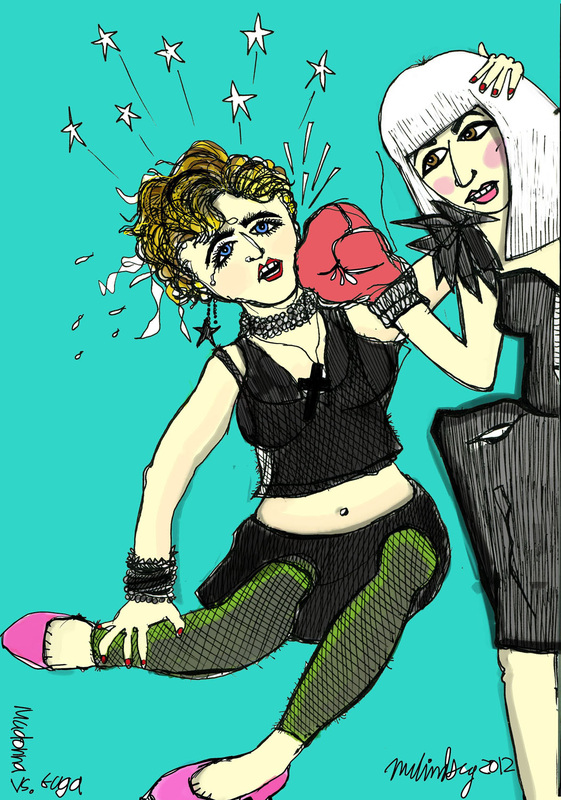
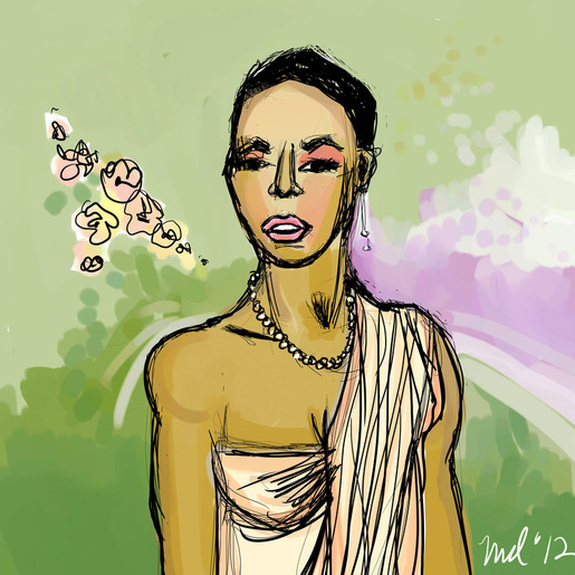
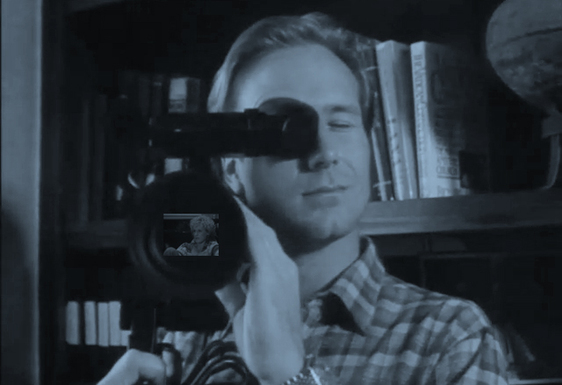
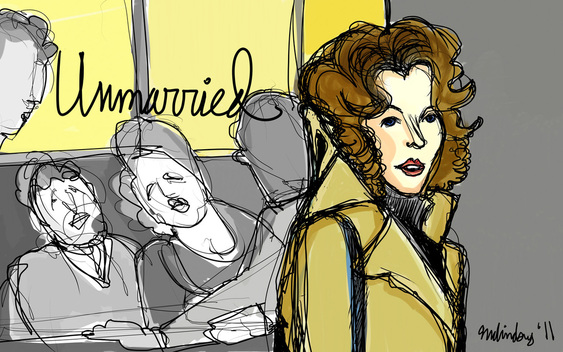


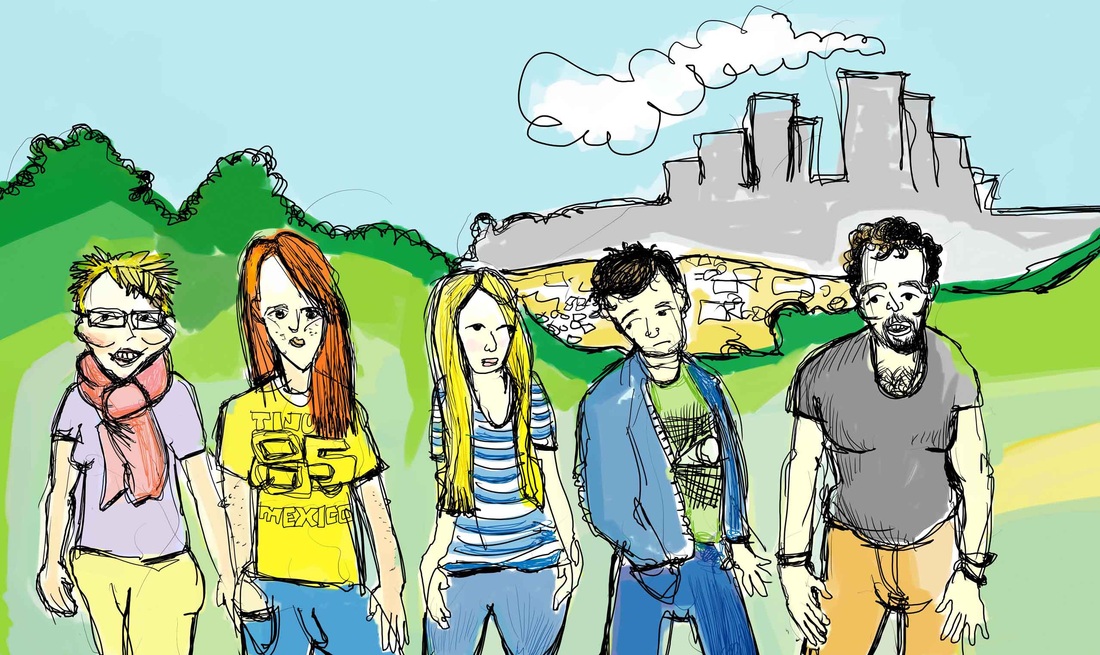
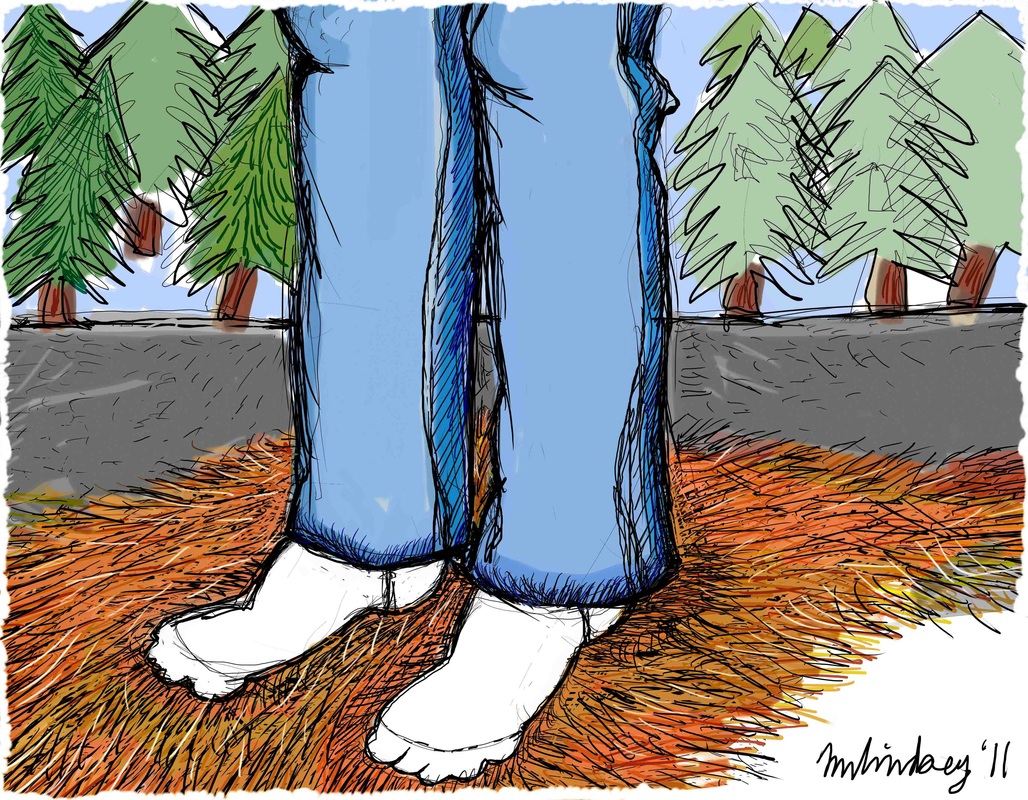
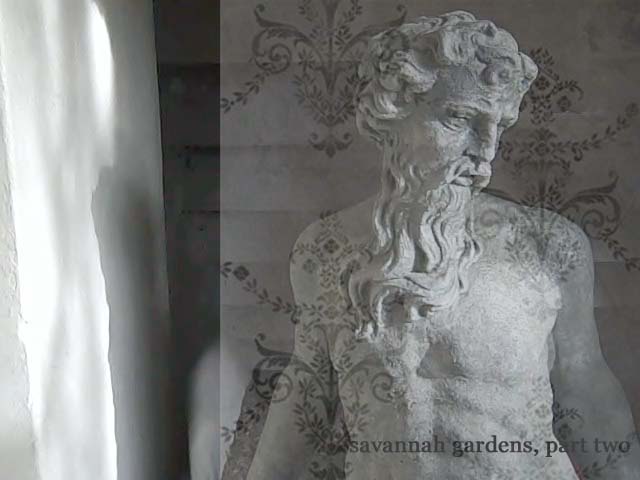
 RSS Feed
RSS Feed
